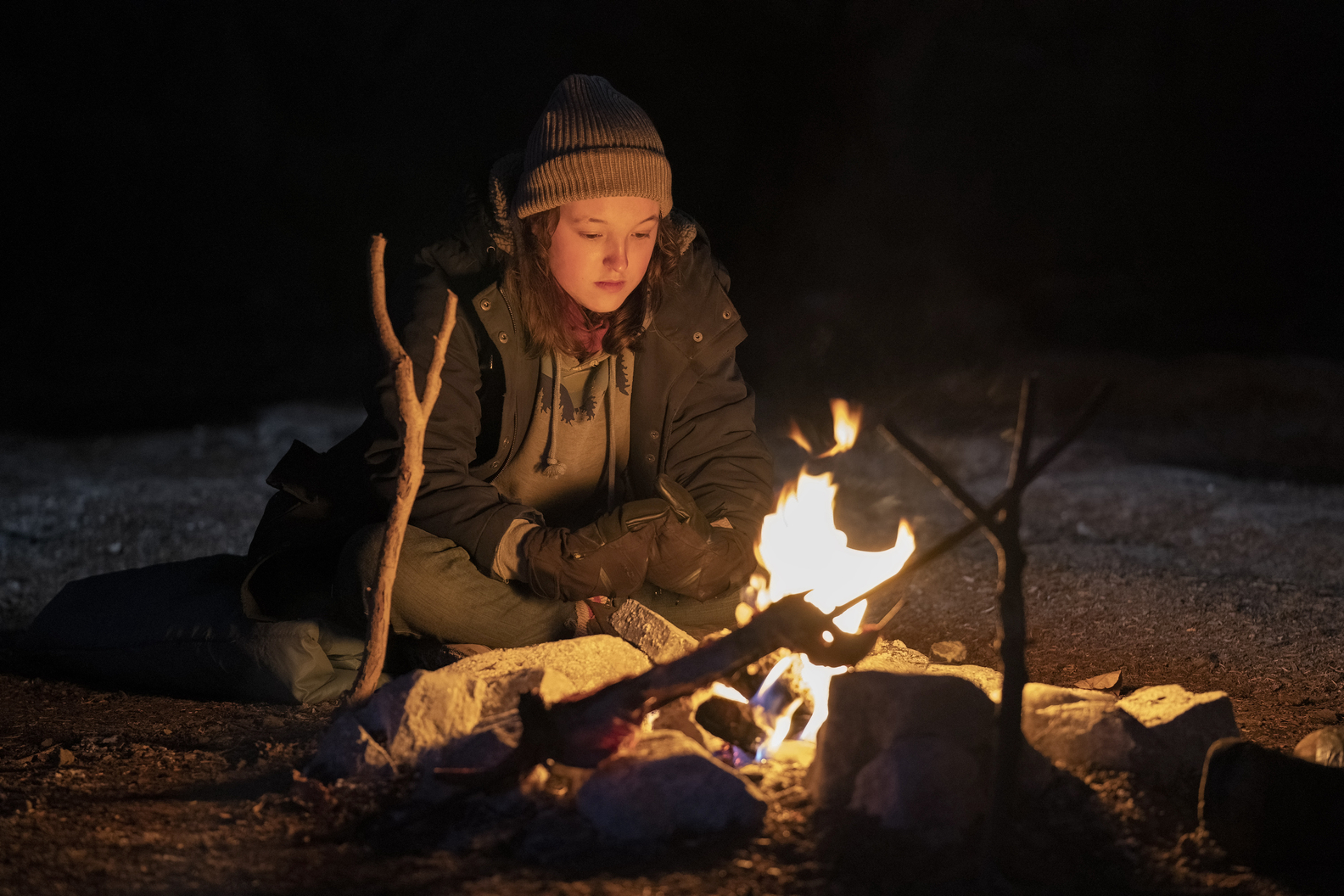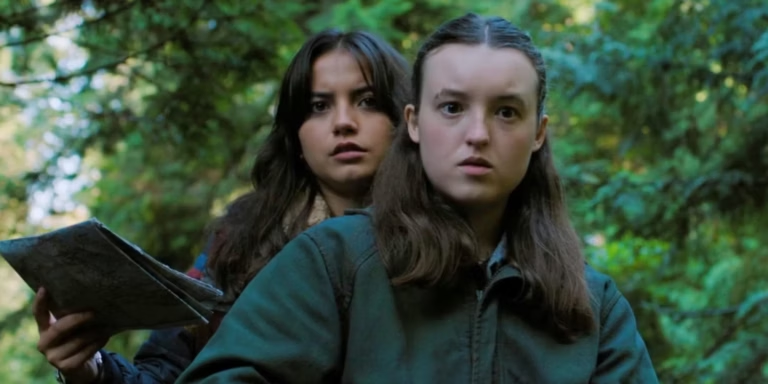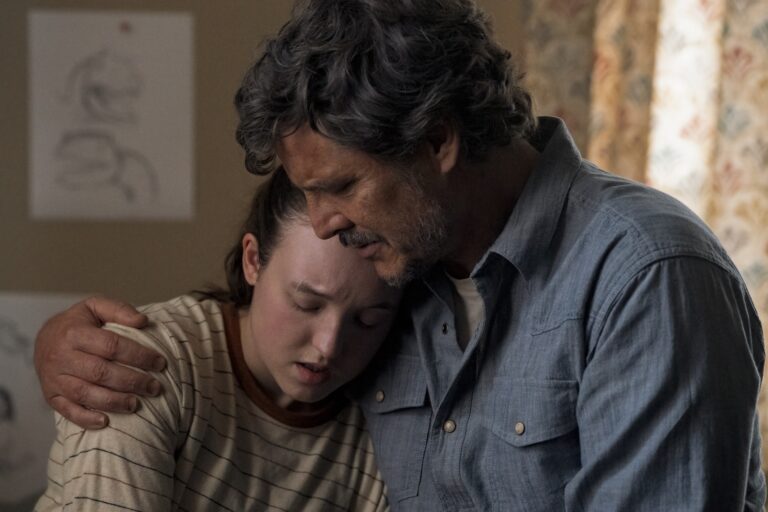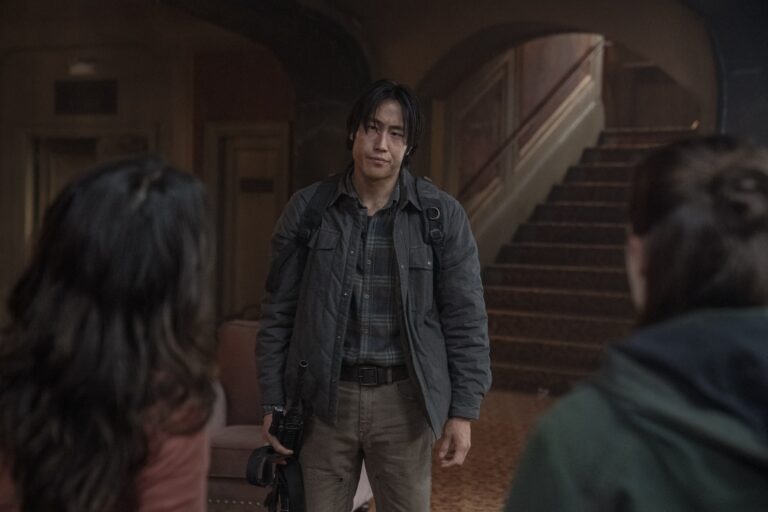Let’s face it — when The Last of Us swings into an all-new season, you expect carnage, chaos, and stylish, squirm-in-your-seat violence. Season 3 is coming in hot, and behind every jaw-breaking duel and all-out rager of a group fight, there’s a formidable crew making sure every punch packs a real, teeth-rattling punch. Basically, what you see is carefully calculated “brutal ballet,” and every syllable of that phrase is absolutely, gloriously true.
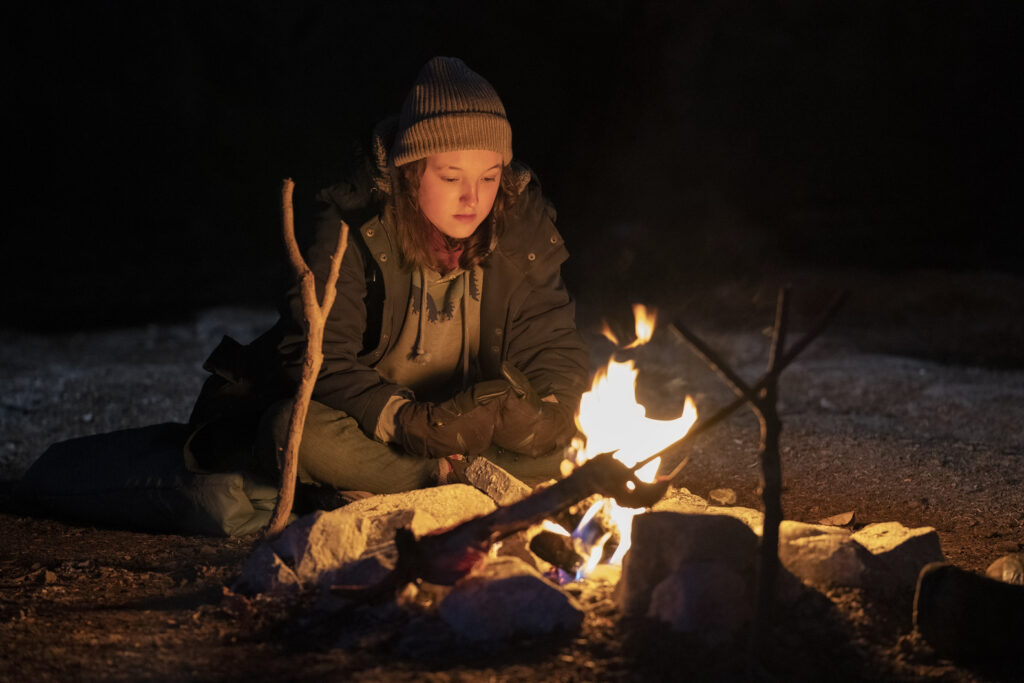
Start With: “How the Heck Do They Plan All This?”
So, first things first: even before you see Pedro Pascal (or should we prepare ourselves for new faces in S3?) cracking skulls onscreen, stunt coordinators and fight choreographers dive headfirst into pre-viz. People sometimes think pre-viz is just little stick figures, but no — on The Last of Us, we’re talking high-end storyboards and actual animated sequences. They plan everything — from the angle of a thrown brick to where the camera should dodge, duck, dip, dive, and dodge (thanks, Rip Torn).
And let’s not kid ourselves — these folks don’t plan this stuff in isolation. Each piece works like a mini-movie. Stunt bosses, camera wizards, VFX masters, and the top brass (Mazino and Druckmann, anyone?) team up in tiny huddles, poking at choreography until it flows like the Colorado River. The motive’s clear: viewers need to follow the action, not get lost in a mush of limbs and shadows.
What’s wild is that pre-viz isn’t just about ideas. It’s tactical. It helps the team spot what might trip up a stunt performer, and it sniffs out awkward, confusing fight angles before anyone gets so much as a scratch. Season 1’s cul-de-sac blaze of glory — yeah, they mapped that out frame by frame, so you never miss a moment.
Stick to the Real Stuff — Practical Effects Over Gobs of CGI
Now, this show could take the easy route: just green screen the guts out of every fight. But that’s not the vibe here. From day one, the creative crew doubled down on real-world effects. Watching it all go down on camera makes a massive difference. Actors get actual objects to swing and duck and flinch from, so all those reactions feel way more unfiltered.
Remember that freaky Bloater from Season 1? All “squelch” and muscle? That wasn’t pixels. That was a full-body prosthetic suit — yes, someone wore it, sweated buckets, and lumbered through the blood and dust. You could practically feel the breath in Pedro’s hair. It’s not just a cool party trick. It gives the action weight and makes every impact crunch that much harder.
Actor Bootcamp: No Couch Potatoes Allowed
All right, moving on. You don’t just hand someone a pistol and wish them luck. If you’re fighting for survival in the clicker apocalypse, you’d better know your elbow from your armpit and keep your trigger discipline sharp. That’s where stunt coordinators turn into drill sergeants (the fun kind?) and set up weeks of training for anyone set to throw a punch onscreen.
Seriously, the script might call for chaos, but the planning here screams organized. Fight scenes start with hand-to-hand basics; cast members learn how to swing, block, and sell a fight, all with spontaneity and control. They study everything from grappling to good ol’ roundhouses.
And there’s weapon handling. Rifles, pistols, pipes, lead pipes, brain pipes — OK, not a thing, but you get my drift. Anyone gripping a weapon in frame learns safe and authentic handling, just like the real thing. No wandering trigger fingers allowed. If you caught the tension in Season 2’s shootouts — or those disgusting close-quarters shank fests — you saw the results.
Besides, it’s not strictly “fight like a tough guy.” Movement choreography gets loads of attention, too, because in TLOU, you’re never fighting on a blank stage. You’re ducking under burning beams, leaping over twisted rebar, and slamming into tables that probably haven’t seen a wipe-down since 2013. Every stunt performer and actor nails those routes in rehearsal, so the execution looks smooth, urgent, and completely unforgiving.
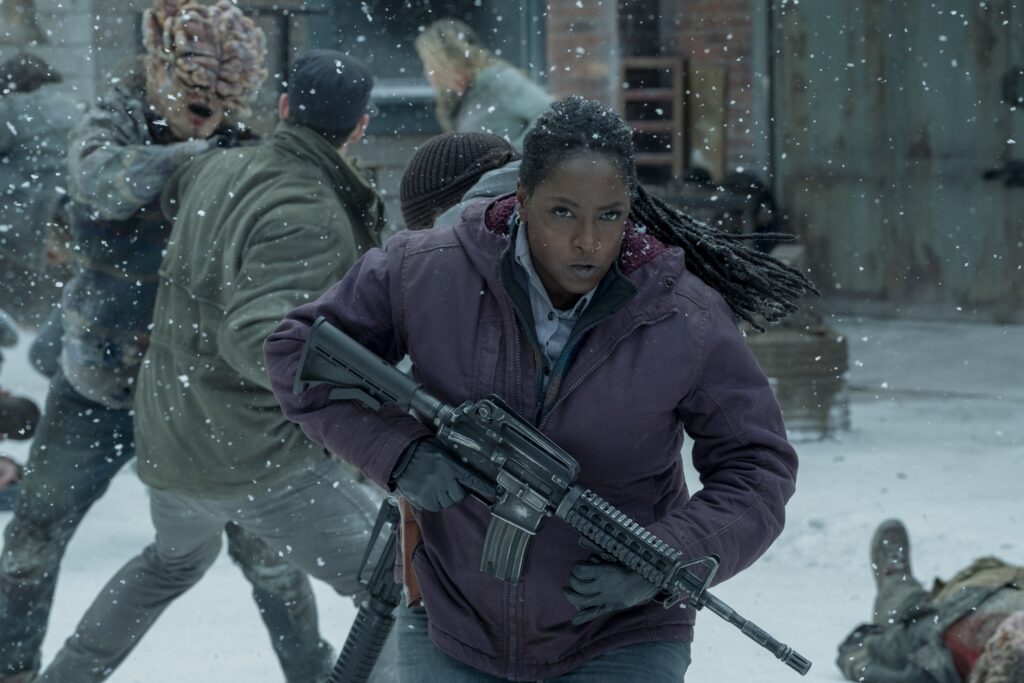
The Cinematic Sauce: Tricksy Cameras and Epic Editing
Now, let’s geek out about the camera work. Fights need to tell a story. Tension has to feel personal one second, panoramic the next. For that, the show’s cinematographers swap steady shots for handheld chaos in the heat of the moment. Think of those chase scenes and ambushes in Season 2: shaky cams yank you straight into Joel’s headspace but never let you lose track of what matters.
Here’s where things get fancy. Sometimes they run those “oners”—single-take brawls that don’t give you a second to breathe. No flashy cuts, just a dance of panic as the fight sprawls from a darkened hallway to a sunny daylit street, sometimes in one seamless motion. When they want to squeeze your anxiety like a lemon, they use wide-angle lenses, so you catch every bead of sweat on a brow and every lurker in the background about to ruin the party.
It matters, too, because a muddled action scene spells death for emotional impact. The combo of smart camera angles, well-timed closeups, and eagle-eye editing ensures you actually FEEL it when a punch lands or a gun misfires.
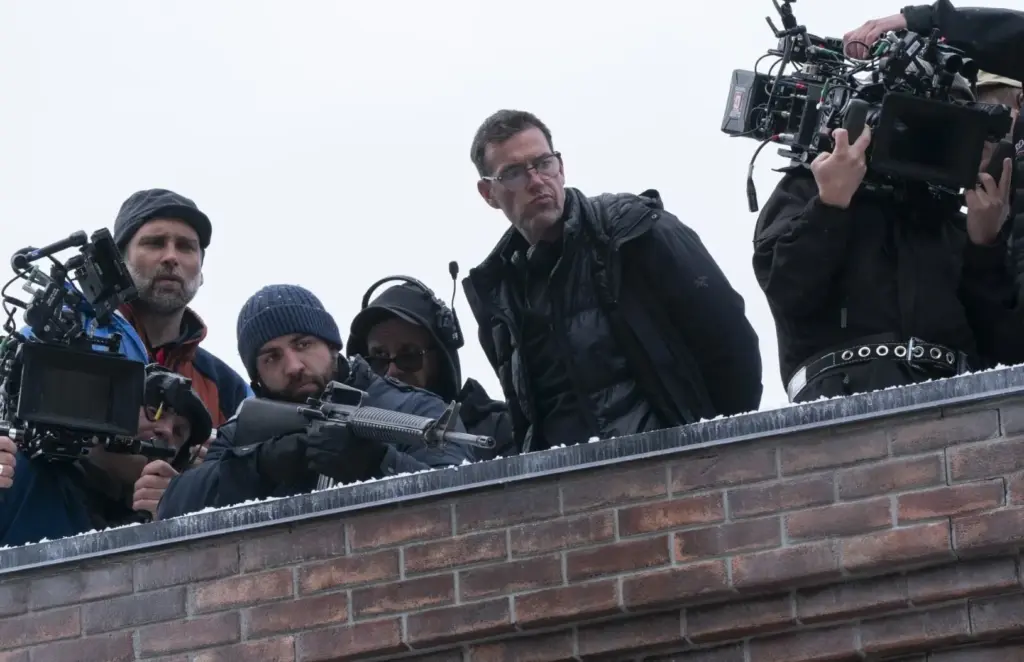
Teamwork Makes the Flesh Wounds Work
Ever heard the phrase “it takes a village to raise a child”? Well, it takes a small country to film a riot in The Last of Us. Departments blend together — stunt crew, camera whizzes, the folks who rig explosions. These groups don’t just nod at each other over coffee; they work side by side to ensure the sequence looks awesome and doesn’t hospitalize anyone.
Here’s how it shakes out, bullet-point style:
- Stunt Team: Comes up with creative — and safe — ways to punch, kick, and shatter bones (fake bones, promise).
- Camera Crew: Plots every footstep and every angle to keep action clear. No “Where’d that guy come from?!” confusion.
- VFX Wizards: Layer on those finishing flourishes. Smoke. Fire. That satisfying squelch when a clicker meets its end.
- Editors: Cut away the boring bits and polish every moment for maximum “holy crap” factor.
Even after the practical dust settles, the post-production team steps in to glue it all together. Their editing maintains continuity, tightening pacing so not a single heartbeat feels wasted.
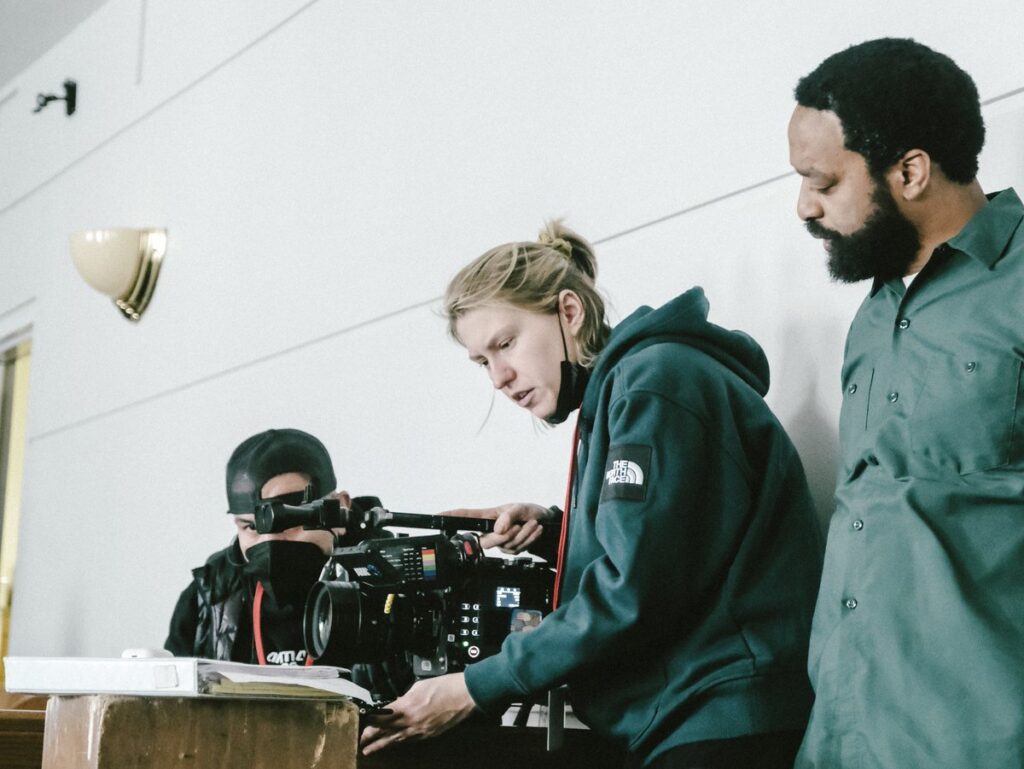
Don’t, Under Any Circumstances, Forget Safety
Look, it doesn’t matter how committed the cast is. Nobody wants anyone actually hurt. So the Last of Us sets operate like the world’s most intense safety seminars. Every gag, tumble, knife twist, and face smash gets scrutinized. What could possibly go wrong? They figure it out way before the first rehearsal.
You can bet your sweet Molotov cocktails that risk-assessment checklists are everywhere. The impressive part: all this protection doesn’t pull any punches on screen. Instead, it frees performers to go all out without worrying about a hospital visit. It’s insurance — but cool.
Why This “Brutal Ballet” Matters
Let’s get real: the infected don’t care about art, but we sure do. The coolest part about The Last of Us is that the violence never feels cheap. It means something. Choreography and camera work frame fights as real, desperate choices by characters you care about. Every injury stings because you’ve grown to root for, or dread, these folks.
As we barrel towards Season 3, everything’s ramping up. Will the duels get more savage? Will the epic group clashes look even messier — but somehow still easy to follow? All signs point to this crew dialing everything to eleven, using new shooting tricks, even more elaborate practical effects, and probably more shattered glass than a glazier’s nightmare.
But more importantly, you’ll never lose track of the story. And you’ll know: behind every savage swing, every vicious takedown, there’s a team of magicians making it sing.
Over the Horizon: More Mayhem, More Mastery
Season 3’s stunt squad looks ready to raise the bar again. Expect even tighter teamwork, meaner choreography, and new camera shenanigans designed to make your living room couch feel like the front row of the apocalypse. The Last of Us hasn’t just found a formula — it’s found a thrilling, ground-breaking groove.
So next time Joel, Ellie, or whatever new faces Season 3 brings dive headfirst into a brutal brawl, raise your glass to the people behind the curtain. They turn chaos into art — and in this show, that’s pure magic.

